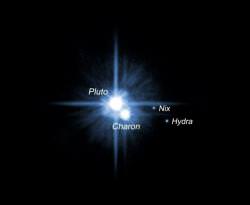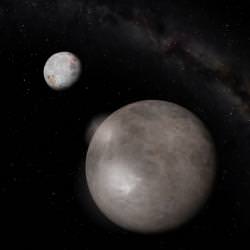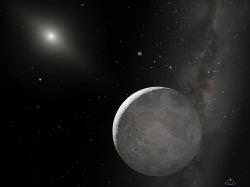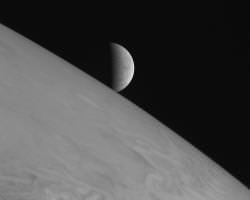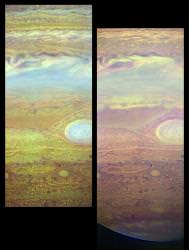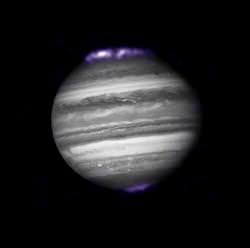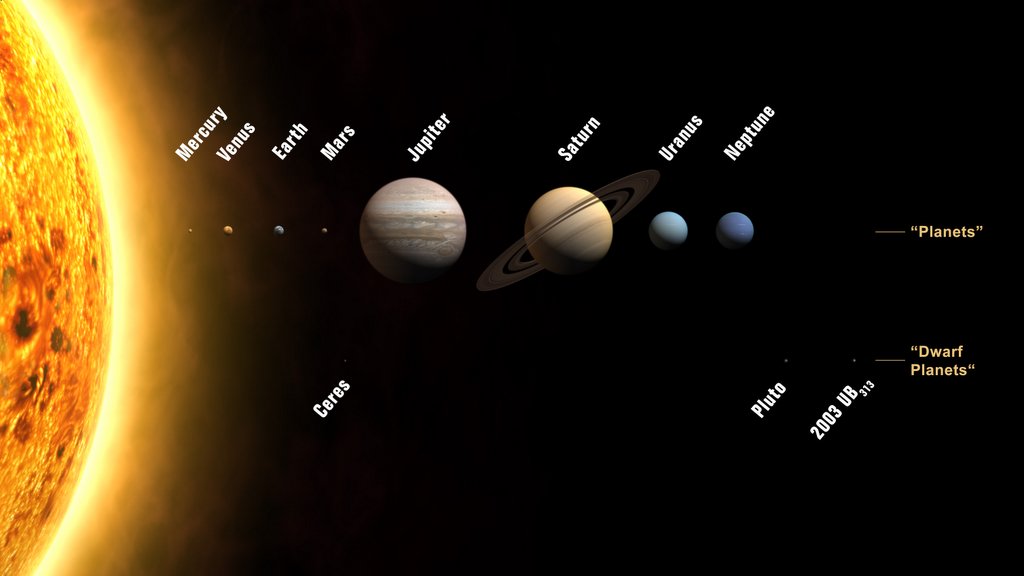It’s only been a few months since the discovery of ice geysers on Saturn’s moon Enceladus, and now this dynamic process is turning up all over the Solar System. Astronomers think they’ve found a similar phenomenon on one of the strangest places: welling up from the surface of Pluto’s moon Charon.
The discovery was made using the Gemini Observatory’s adaptive optics system from atop Mauna Kea in Hawaii. The telescope picked out large deposits of ammonia hydrates and water crystals spread out across the surface of the icy moon.
Scientists think that water mixing with ice deep underneath Charon’s surface is causing this material to push up through the moon’s ultra-cold surface. This action could be happening quickly, taking just a few hours or even days. Over time, this process could give Charon a new surface one millimetre thick every 100,000 years. Of course, if Charon has this process going on, something similar could be happening across the Kuiper Belt.
The discoverers believe there’s a dynamic process going on here because Charon’s surface doesn’t appear to be “primordial ice”; ice that was created during the formation of the Solar System. Instead, it’s much more crystalline in appearance, and must have formed recently.
The next step will be to examine other Kuiper Belt objects, like Quaoar and Orcus – both are larger than 500 km (310 miles) across.
Of course, the best thing would be to send a spacecraft and see these bodies up close.
It’s very convenient, then, that NASA’s New Horizon spacecraft is on its way, and will make a flyby in about a decade.
Original Source: Gemini News Release
Go here if you’d like some pictures of Pluto.

